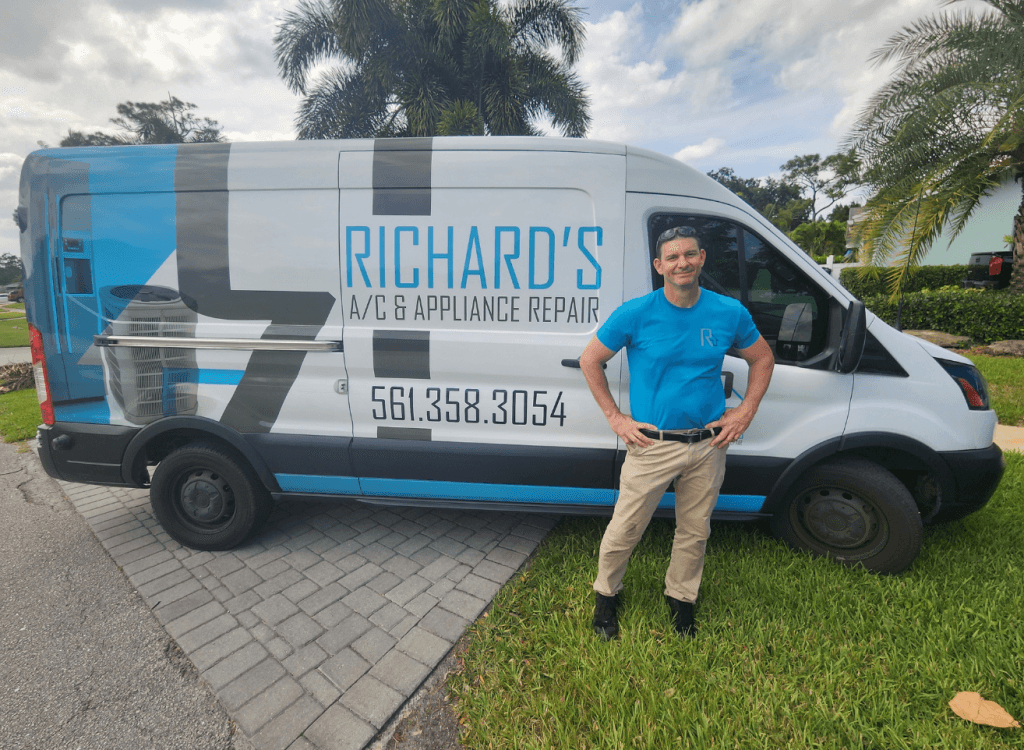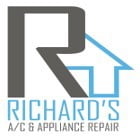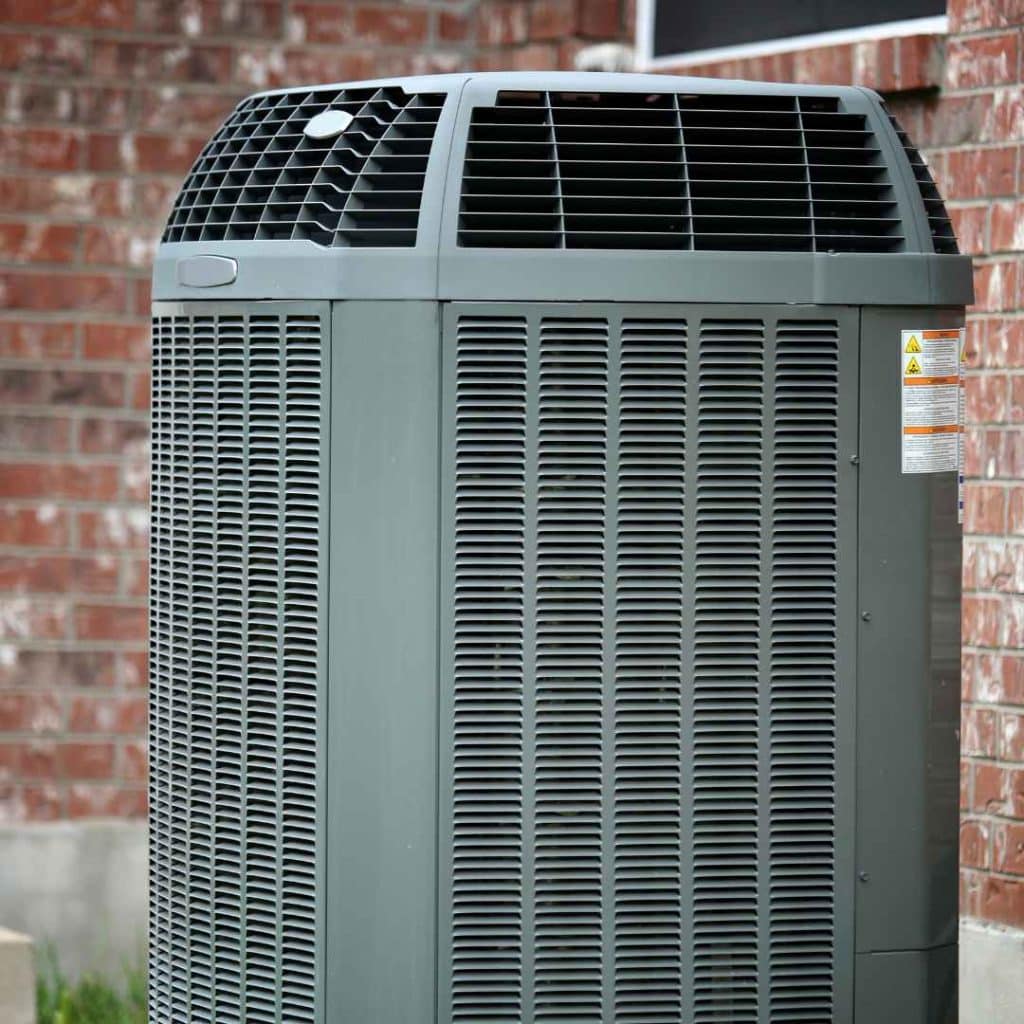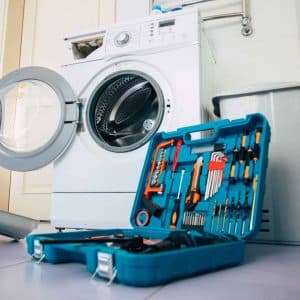Bigger Isn't Always Better!
When it comes to air conditioning in the sweltering Florida heat, a common line of thinking is, “Bigger has to be better, right?” It seems logical to assume that a more powerful, larger AC unit will cool your home faster and more effectively. However, in the world of HVAC (Heating, Ventilation, and Air Conditioning), this is a critical and costly misconception. Proper AC sizing is one of the most fundamental factors in achieving true home comfort and energy efficiency, and getting it wrong can lead to a host of frustrating problems.
An air conditioner that is not correctly matched to your home’s specific needs—whether it’s too big or too small—will fail to perform efficiently and effectively. This guide will debunk the “bigger is better” myth, explore the significant problems caused by an oversized AC unit, and explain the professional process used to find the “just right” size for your Florida home. At Richard’s AC, we prioritize doing the job right from the start, and that always begins with proper sizing.
Debunking the Myth: Why a Larger AC Can Be a Major Problem
The appeal of an oversized AC unit is understandable. The promise is a home that cools down almost instantly. While a larger unit will indeed drop the temperature very quickly, that rapid cooling is precisely the source of the problem. The goal of your air conditioner isn’t just to lower the thermometer reading; it’s to create a consistently comfortable and healthy indoor environment. This involves not only cooling the air but also removing excess humidity—a crucial task in Florida. An oversized system fails spectacularly at this balanced approach, leading to a less comfortable home and higher-than-expected costs.
The Problems with an Oversized AC Unit
Installing an air conditioner that is too powerful for your space triggers a cascade of negative effects. Here are the most significant issues you’ll encounter:
1. Short Cycling: The Biggest Offender
Short cycling is the term for when an AC unit turns on, runs for only a very short period (sometimes just a few minutes), and then shuts off because it has satisfied the thermostat’s temperature setting so quickly. It then repeats this on-again, off-again process frequently. This is the hallmark of an oversized system.
A properly sized AC is designed to run for longer, more consistent cycles. These longer cycles are what allow the system to operate at its most stable and efficient level. Short cycling prevents this, leading to numerous other problems.
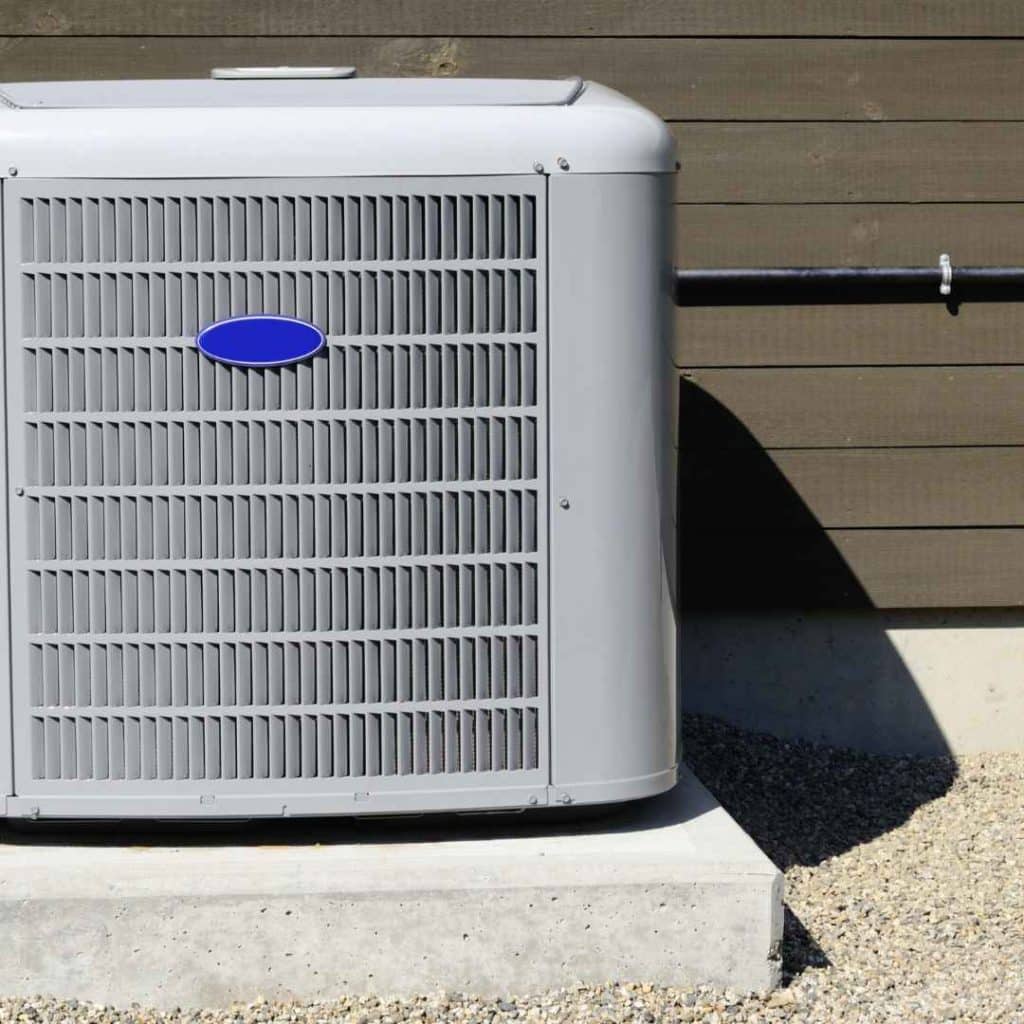
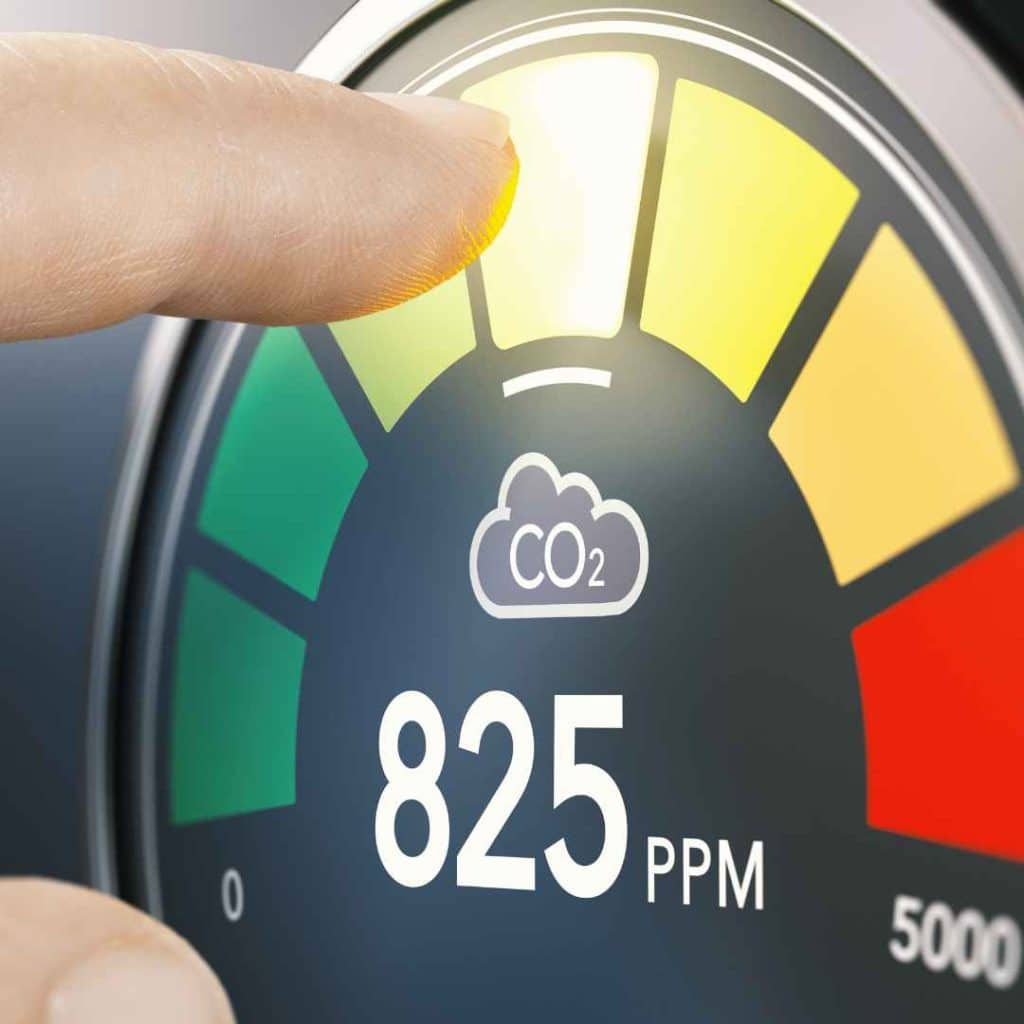
2. Poor Dehumidification and Clammy Air
This is a huge issue for comfort in Florida. As we’ve discussed in previous posts, your AC removes humidity by condensing moisture from the air as it passes over the cold indoor evaporator coils. This process takes time. Because a short-cycling oversized unit only runs for brief bursts, it doesn’t have nearly enough time to remove a significant amount of moisture from the air.
The result is a room that feels cool but unpleasantly damp, sticky, or clammy. You might find the air feels heavy, and you’re still uncomfortable even though the thermostat reads a cool temperature.
3. Increased Energy Bills
This is another counterintuitive result. How can a powerful system that runs for less time cost more? The answer lies in the startup phase. The most energy-intensive part of an AC’s operation is the moment the compressor kicks on, drawing a large amount of electricity to get started. An oversized unit that is constantly starting and stopping endures this high-energy startup phase far more frequently than a correctly sized unit running smooth, long cycles.
This frequent starting and stopping can lead to significantly higher electricity consumption and unexpectedly high energy bills.
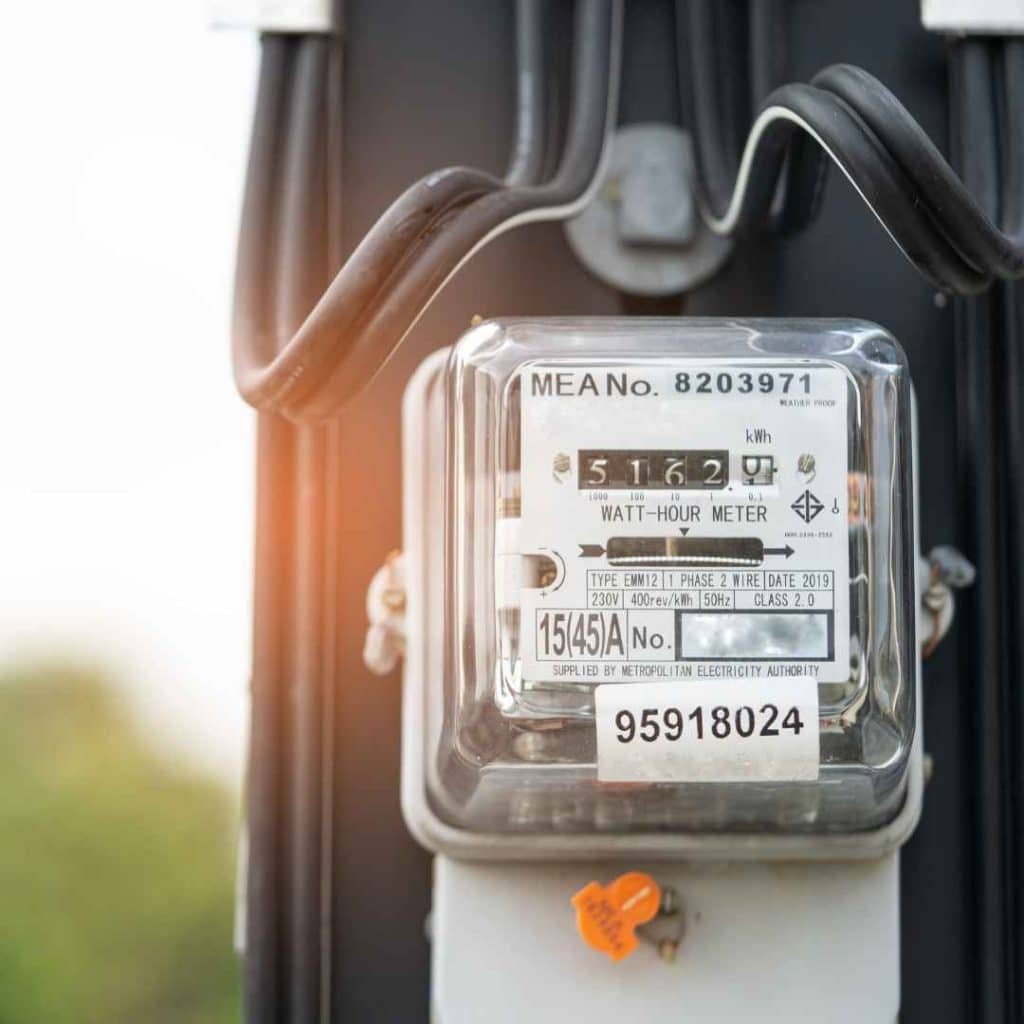
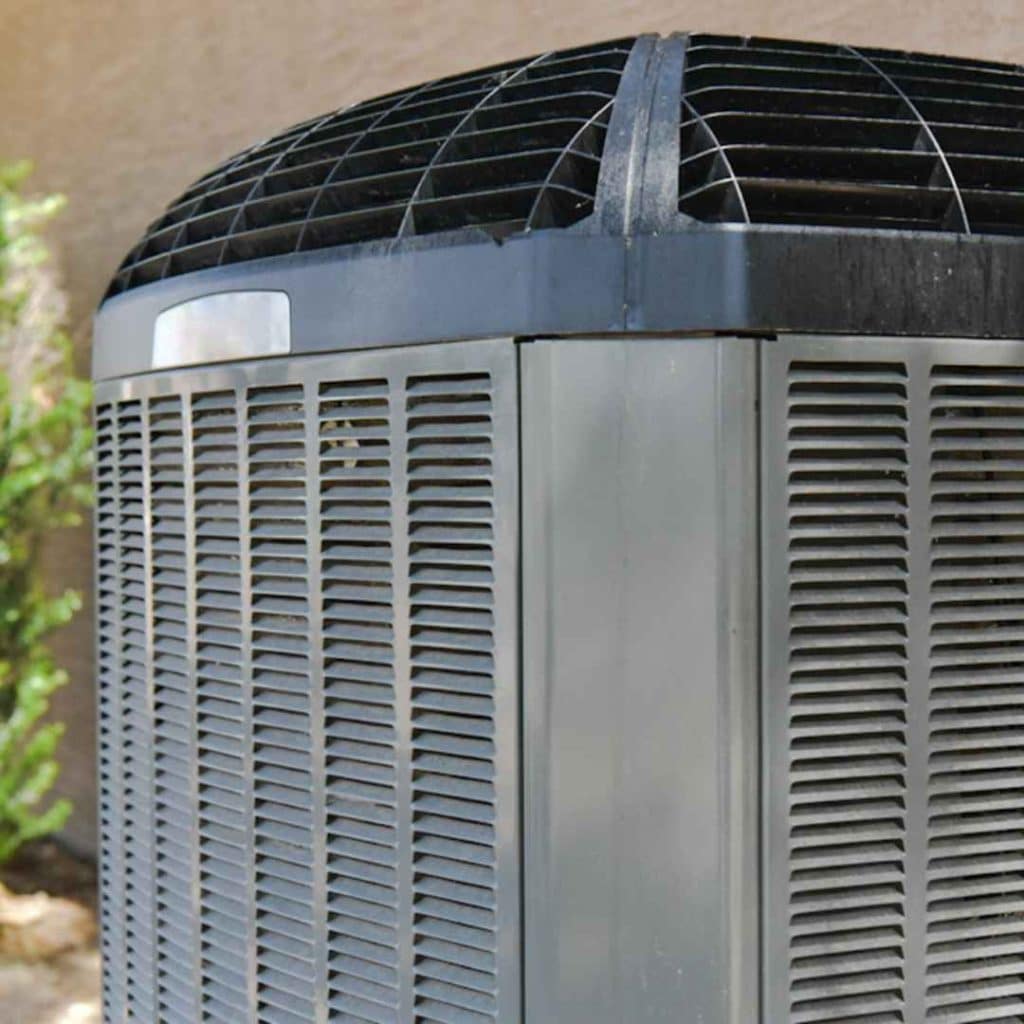
4. Excessive Wear and Tear on Components
Think of it like driving a car in heavy city traffic versus cruising on a highway. The constant starting and stopping of city driving puts much more stress on the engine, transmission, and brakes. The same is true for your AC. The frequent startups of a short-cycling system put immense strain on the compressor, fan motors, and electrical components like capacitors and relays.
This leads to more frequent repairs and can drastically shorten the overall lifespan of your expensive AC system.
5. Uneven Temperatures
Because the system satisfies the thermostat so quickly and shuts off, it may not have enough time to properly circulate and distribute the cool air to every corner of your home. This can result in frustrating hot and cold spots, where the area around the thermostat is cool, but other rooms or far corners remain warm and uncomfortable.
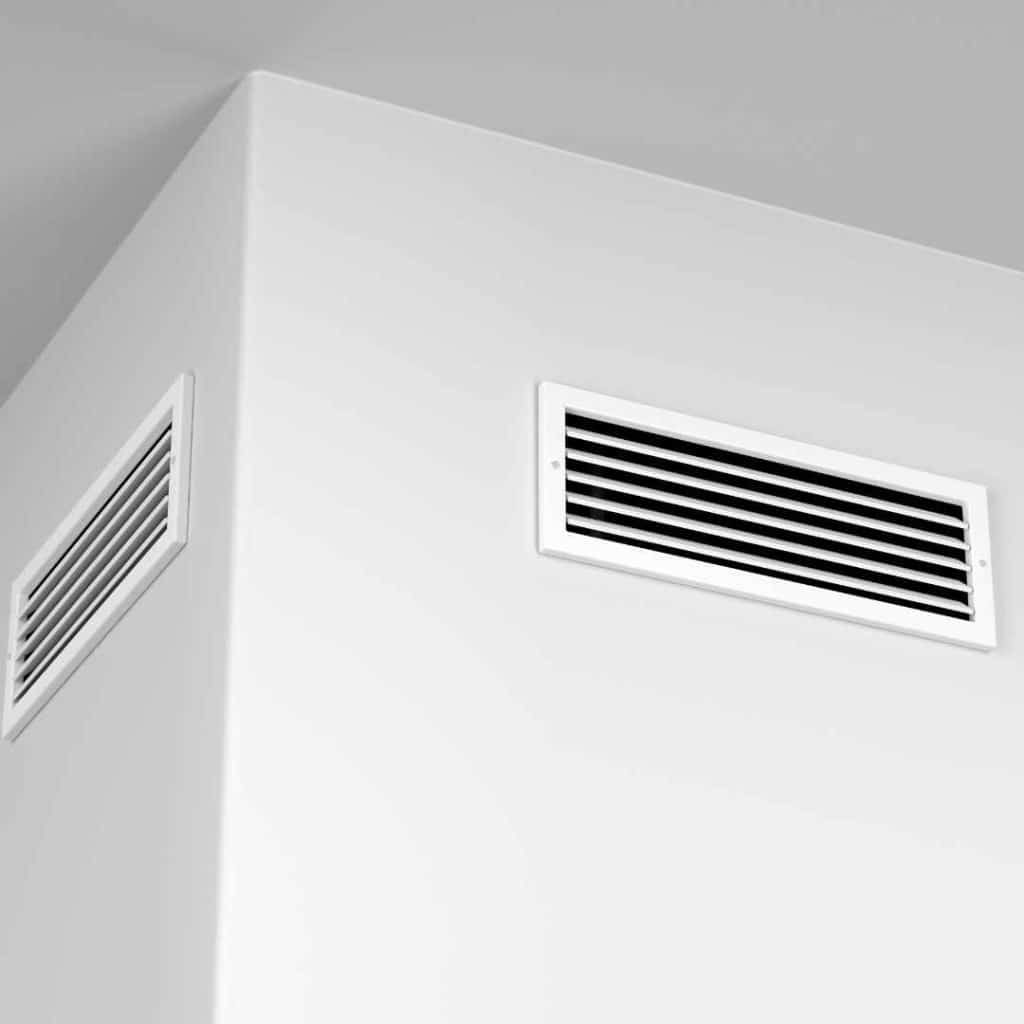
The Other Side of the Coin: The Undersized AC Unit
While less common, an undersized AC unit presents its own set of problems. An AC that is too small for your home will run almost constantly on hot days, struggling endlessly to reach the desired temperature.
It will never provide adequate cooling during peak heat, will also lead to excessive energy bills from its non-stop operation, and will experience extreme wear and tear that leads to a very short lifespan.
The “Goldilocks” Solution: Professional Load Calculation (Manual J)
So, how do you find the size that is “just right”? The answer is not through guesswork or outdated “rules of thumb” (like using only your home’s square footage). The professional industry standard for accurately sizing an HVAC system is a detailed analysis known as a Manual J load calculation.
This scientific approach considers a wide range of factors specific to your home to determine its unique cooling “load” – the amount of heat that needs to be removed. These factors include:
- The total square footage and layout of your home.
- Ceiling heights.
- The quality and R-value of your insulation in walls and ceilings.
- The number, size, type (e.g., single-pane, double-pane), and orientation of your windows (south-facing windows add much more heat than north-facing ones).
- The home’s air leakage rate (how “tight” the construction is).
- Local Florida climate data (average temperatures and humidity).
- The amount of heat generated by occupants and major appliances.
- The design and condition of your existing ductwork.
By calculating the total heat load, a professional can determine the precise capacity (measured in BTUs or tons) your air conditioner needs to cool your home effectively and efficiently.
The Richard's AC Commitment to Proper Sizing
At Richard’s AC, we understand that a high-quality installation starts long before any tools come out. It starts with a proper assessment of your home’s needs. We never use simple guesswork. For every new system consultation, our process involves performing a thorough load calculation to ensure the system we recommend is perfectly matched to your home. This commitment is a core part of our “old-school service” philosophy.
We believe in doing the job right the first time to ensure our customers enjoy years of reliable comfort, optimal humidity control, and energy efficiency.
Get the Right Fit for a Cooler, More Efficient Home
The size of your air conditioner is not a detail to be overlooked; it is the very foundation of your home’s cooling system. The right-sized unit will provide decades of consistent comfort and efficiency, while an improperly sized one will lead to a constant stream of problems and regret. Don’t fall for the “bigger is better” myth.
If you’re considering a new air conditioning system, ensure it’s the perfect fit for your home. Contact Richard’s AC for a professional consultation and sizing analysis.
